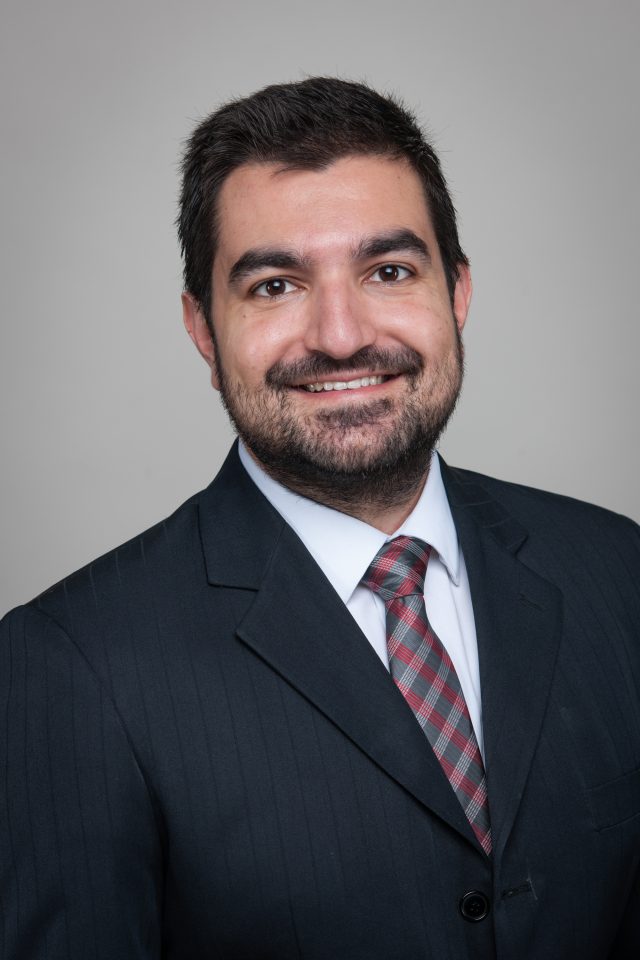“When pufferfish and barracudas turned up dead on the bay’s surface waters, citizens and research teams flocked to the bay to remove dead fish and collect data.
Among them was FIU’s Institute of Environment team. The CREST Center for Aquatic Chemistry and Environment deployed a research buoy that detected the bay’s high water temperatures and low dissolved oxygen levels, providing scientists with clues to the cause of the fish kill.
Gregory Murad Reis, an assistant professor at the Knight Foundation School of Computing and Information Sciences and researcher at FIU’s Institute of Environment, is part of a team using automated vessels, or remote-controlled robots, to collect data and learn more about Biscayne Bay’s habitats and hydrology.
An underwater vessel resembling a torpedo collects data on oceanic conditions at 1-second intervals as it moves through the water, including dissolved oxygen levels, temperature, salinity, blue-green algae and other parameters to measure water quality. It can also dive down to 200 meters (660 feet) deep, Reis said, and can be controlled manually or programmed to navigate the waters on its own.
Their surface vessel, on the other hand, uses remote sensing to help scientists construct maps of the seafloor, better understand water currents, take images of wildlife and collect water samples for lab analysis.”
Read more at Mongabay.

